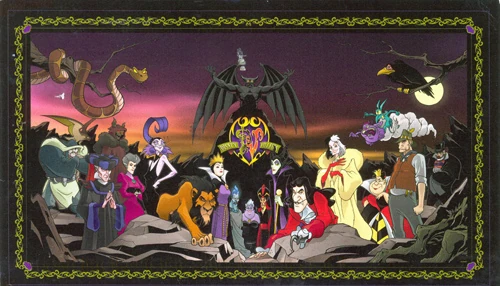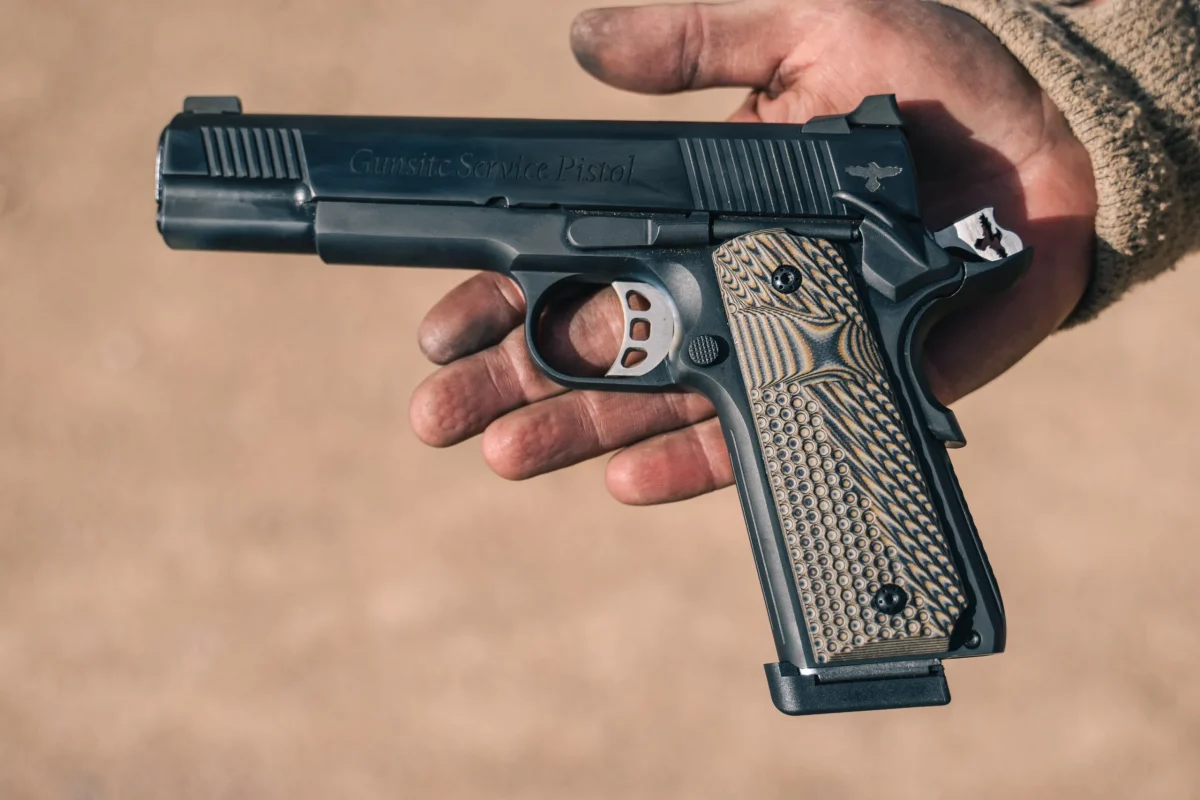The 1911 pistol quickly became a revolutionary force in firearm history, renowned for its durability, firepower, and iconic design that continues to resonate in both military and civilian circles today. This pistol has made an indelible impact unmatched by any other. But how did such an incredible pistol come to be, and where is it today?
It all began with John Browning, who was born on January 23, 1855, in Ogden, Utah, and died on November 26, 1926, in Liège, Belgium. Browning worked in his father’s shop, creating his first rifle from scrap iron at the age of thirteen. By the 1890s, Browning had developed a method of using gases and recoil from ammunition to eject, reload, and fire guns automatically. This technology was applied to small arms, culminating in the creation of the Colt 1911 .45 ACP handgun.
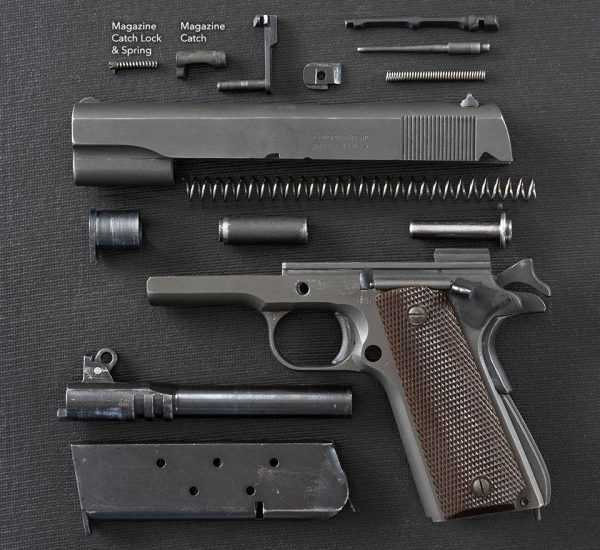
This pistol became the standard sidearm for the United States Army, serving for 74 years. It played an essential role in many major wars, including World War I (1914–1918), World War II (1939–1945), the Korean War (1950–1953), and the Vietnam War (1955–1975). Soldiers depended on this pistol for its reliability and stopping power. By the time World War I had started, the Army had over 68,000 pistols in use, demonstrating the 1911’s crucial role in battles. Its contribution to these conflicts makes it a significant part of military history.
The design of this pistol is relatively simple, providing a smooth shooting experience. The frame is made of steel, and the grip uses different types of wood. Key features include manual grip safety (meaning the user has to hold it and press on the back of the gun to allow it to fire), an ambidextrous slide release, and safety mechanisms. The slide is primarily made of steel and operates on a short-recoil system, which means that after each shot, the casing is ejected, and a new round is chambered.
The weapon is hammer-operated, meaning it uses an external hammer to strike the firing pin. The magazine is a single-stack, 7-round magazine. The reason the mag only holds seven rounds is due to the size of the .45 ACP (11.43×23mm) cartridge (what caliber the pistol is chambered in) and the fact that double-stack magazines had not yet been invented. Although in 1985, the U.S. military replaced the 1911 with the 9mm Beretta M9, the 1911 continued to thrive in civilian markets, becoming a favorite among competitive shooters, law enforcement, and gun enthusiasts. The 1911 has been heavily customized, with many manufacturers offering various models tailored for different uses.
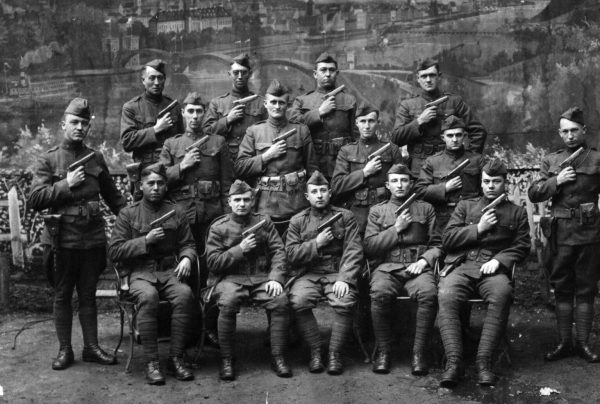
Hundreds of replicas of the original 1911 have been created, each with unique designs and features to suit everyone. One of the first early prototypes was the Browning 1905, which introduced key features like the manual grip safety and a fixed barrel. It also featured a short-recoil system for better control over the firearm. Later, Browning partnered with Colt, a rising firearms company, to develop a new prototype, the Colt Model 1910. This model closely resembled the M1911 we know today and included an improved ergonomic grip for a more comfortable shooting experience. Eventually, the M1911 was finally perfected to the military’s liking. The pistol featured smooth front and back straps, standard military sights (Per the military’s request), and other advancements. This was the version that was eventually adopted as the standard military pistol in the year 1911 (Hence the name “1911”).
In 1924, Colt released the 1911A1, further refining the design. While the M1911 and the 1911A1 may seem similar, there are several key differences. The 1911A1 introduced a flared and beveled mag-well for quicker reloads under pressure, along with checkered front and back straps to improve grip control in adverse conditions like rain or mud.
Nearly 86 years later, the Tisas 1911 Duty was introduced in 2010, offering a modern take on the classic design. The Tisas 1911 features a crisp trigger pull for a smooth shooting experience and is highly customizable. Other modern versions include the Kimber Rapide series, which boasts match-grade internals, such as a steel barrel, trigger, and guide rod. These features provide smooth operation and reliability, making it ideal for law enforcement and self-defense.
The Kimber Stainless II also offers an optional tactical rail for mounting accessories like lasers and flashlights. Other major companies, including Sig Sauer, have joined the trend, creating their versions of the 1911. In 2004, the Sig Sauer 1911 XFULL model was introduced, designed specifically for self-defense and offering incredible performance. This model also includes an ambidextrous safety and slide release.
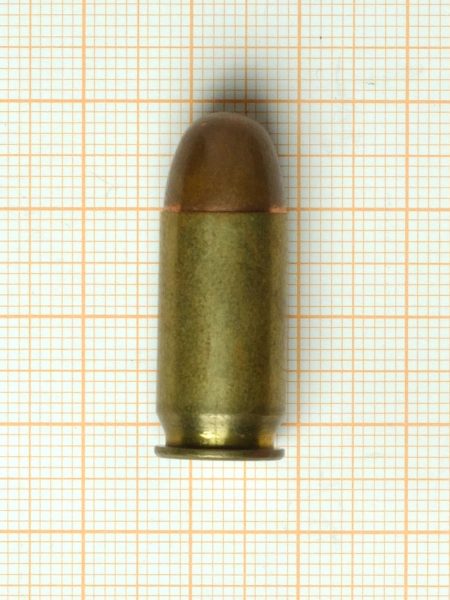
In 2019, the Staccato 2011 P model was released, becoming one of the best 2011 models to date. Unlike most 1911s, this gun is chambered in 9mm instead of .45 ACP, offering smooth, light recoil while still delivering significant stopping power. The Staccatop also comes with a factory-made, buttery smooth slide spring, enhancing its appeal. Whether it’s the original 1905 prototype or the futuristic 2011 model, the 1911 platform offers countless variations, each customizable to individual preferences.
Not only is the 1911 famous for its long history and reliability, but also its role in American pop-culture, like in movies and games. The 1911 can be seen in popular films such as Saving Private Ryan, The Terminator, and Pulp Fiction. In Saving Private Ryan, soldiers use the 1911 during intense World War II battles, showcasing its reliability. The Terminator adds excitement as heroes battle robots, with the 1911 serving as a trusted weapon. Its dependable performance makes it perfect for action-packed scenes, embodying strength and confidence. Even today, new versions of this iconic pistol blend classic style with modern technology, continuing to appeal to gun enthusiasts. The 1911 remains a lasting symbol of American history and culture.
The 1911 is also a fantastic option for self-defense for several reasons. First, it fits comfortably in most people’s hands, making it easier to grip and aim, which is critical in stressful situations. The smooth trigger helps with accuracy, allowing for faster and more controlled shots. It’s also highly reliable and used by the military and police, ensuring it can handle tough conditions.
With over 100 years of history, there are many different versions to choose from, whether a full-size model or something smaller. However, to get the most out of a 1911, one needs to practice regularly and keep it well-maintained. Cleaning and proper upkeep are essential to ensure it performs well when needed.
The 1911 pistol is one of the most iconic and enduring firearms in history. Not only is the 1911 famous for its long history and reliability, but it has also had a significant influence on American pop culture. Ever since the pistol was adopted, it has symbolized American craftsmanship and ingenuity. In conclusion, the .45 ACP, 1911 handgun has made a massive impact on the firearm industry, leaving an effect no other pistol has left before. Despite being over a century old, it continues to serve military, law enforcement, and civilian users worldwide. Its blend of history, reliability, and design excellence makes it a staple in the world of firearms.


















